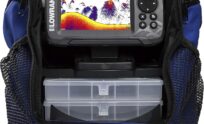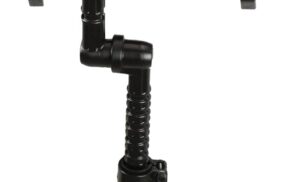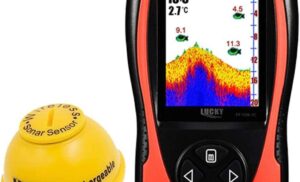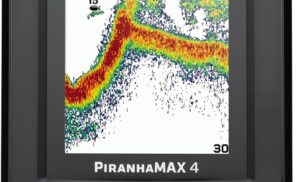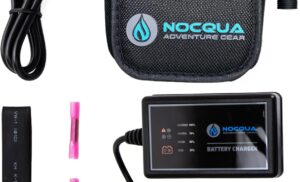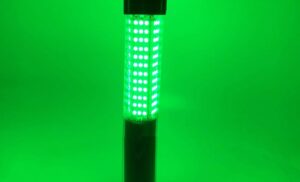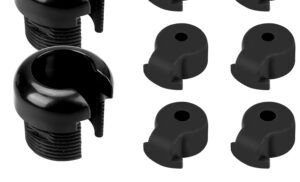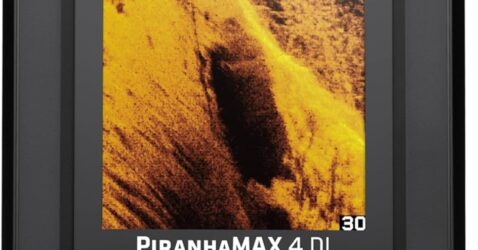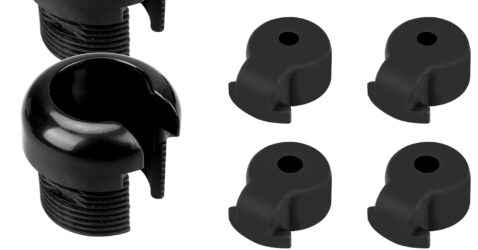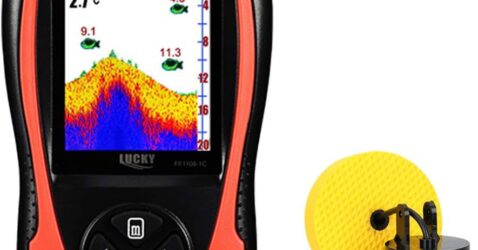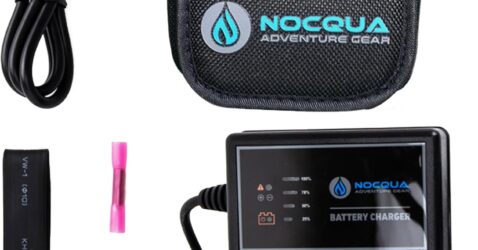Extending Your Fish Finder’s Battery Life: Tips and Tricks
For avid anglers, a fish finder is an indispensable tool that enhances the fishing experience by helping locate fish and underwater structures. However, one common frustration for users is the battery life of these devices. A fish finder running out of power can ruin a day on the water. Here are some practical tips and tricks to extend your fish finder’s battery life, ensuring you spend more time fishing and less time worrying about charging.
1. Choose the Right Battery
The first step in maximizing your fish finder’s battery life is to choose the right type of battery. Lithium-ion batteries are popular for their lightweight, high energy density, and longer lifespan compared to traditional lead-acid batteries. While they may have a higher upfront cost, their efficiency and longevity can save you money in the long run. Additionally, consider the capacity (measured in amp-hours) of the battery to ensure it meets your fishing needs.
2. Optimize Settings
Fish finders come equipped with a variety of settings that can impact battery consumption. To conserve energy, consider the following adjustments:
-
Lower the brightness: Bright screens consume more power. Dimming the display can significantly extend battery life without compromising your ability to see important data.
-
Adjust the sensitivity: High sensitivity settings can drain the battery faster. Lowering the sensitivity can help reduce power consumption while still providing adequate performance in most fishing conditions.
- Switch between modes: Many fish finders offer different display modes such as split-screen, 2D, or 3D views. Using simpler modes can help save battery life.
3. Use Power-Saving Features
Modern fish finders often come equipped with power-saving features. Make sure to take advantage of these options:
-
Auto shut-off: Enable the auto shut-off feature to ensure the device powers down when not in use. This is particularly useful during breaks or when transitioning between spots.
- Standby mode: Some fish finders have a standby mode that allows you to pause the operation without completely shutting down the device. Use this when temporarily stopping to fish in a specific area.
4. Plan Your Fishing Trips Wisely
Planning your fishing trips can also help extend battery life. Consider the following strategies:
-
Time your outings: Fish finders consume more power during extended use. Plan shorter but more productive fishing trips, allowing for recharging in between.
- Fish during optimal hours: Early mornings and late evenings can often provide great fishing opportunities. By timing your trips, you may find you need to use your fish finder less frequently.
5. Maintain Your Battery
Proper maintenance of your fish finder’s battery is crucial for longevity. Here are some maintenance tips:
-
Regularly charge the battery: Avoid letting the battery completely drain before recharging, as this can shorten its lifespan. Instead, aim to recharge when it reaches around 20-30% capacity.
-
Store the battery properly: If storing your fish finder for an extended period, ensure the battery is charged to about 50% and stored in a cool, dry place. This helps maintain the battery’s health.
- Inspect connections: Regularly check the battery terminals and connections for corrosion or damage. Clean any buildup to ensure a strong connection and efficient power transfer.
6. Consider External Power Options
For longer fishing trips, consider using external power sources to supplement your fish finder’s battery:
-
Portable power bank: Invest in a high-capacity portable power bank that can charge your fish finder while you fish.
- Solar chargers: If you’re planning a multi-day trip, solar chargers can provide a renewable source of power for your fish finder. They are especially useful if you are fishing in remote areas.
Conclusion
By implementing these tips and tricks, you can significantly extend your fish finder’s battery life, allowing you to maximize your time on the water. With the right battery choice, optimized settings, mindful planning, regular maintenance, and potential external power sources, you’ll be well-equipped to enjoy your fishing adventures without the stress of a dying battery. Happy fishing!


